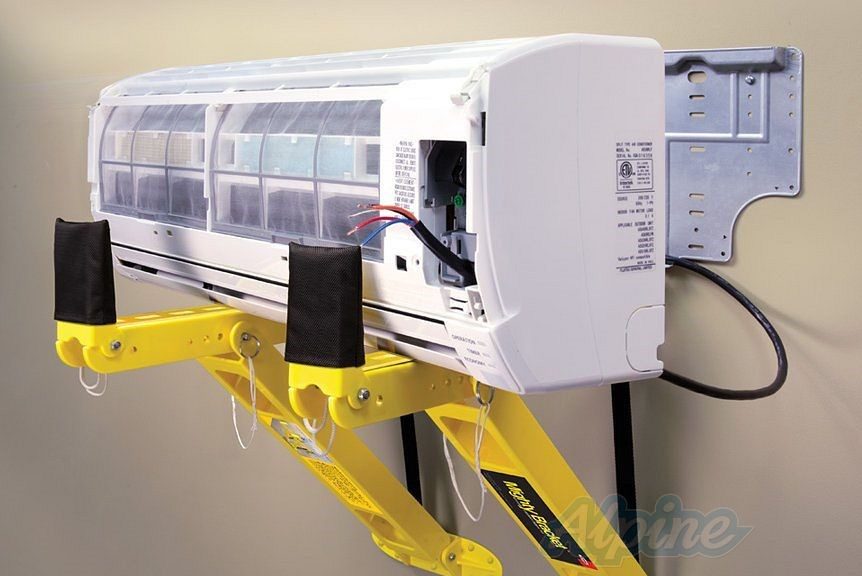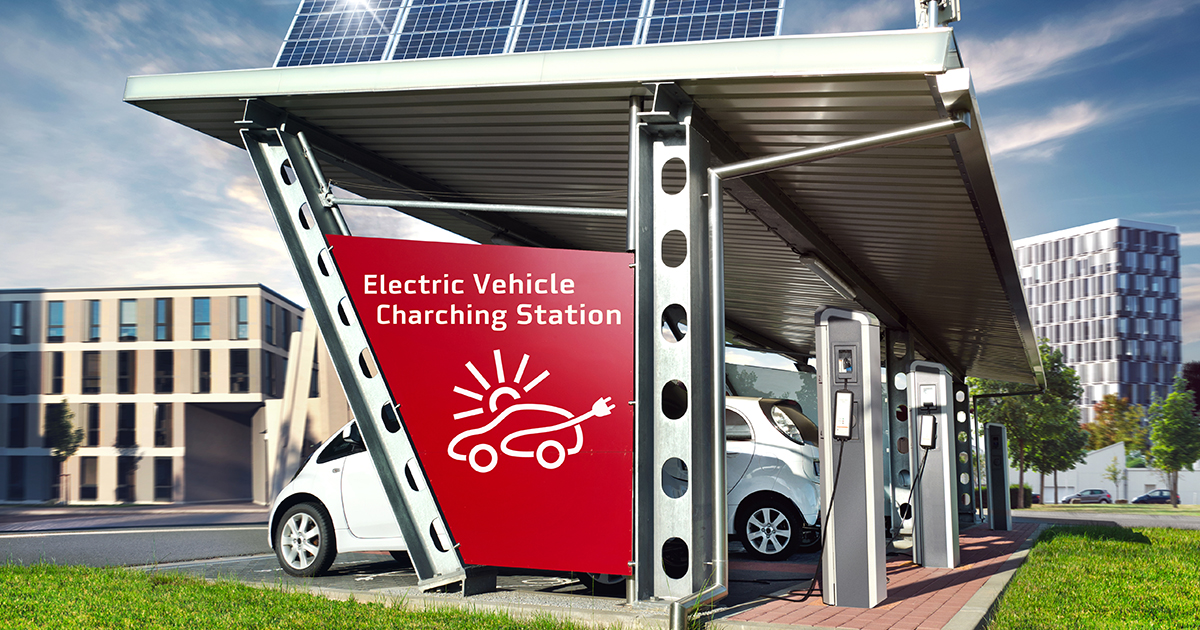
EISOX: the smart thermostatic valve head
The best way to maintain a comfortable temperature in a room equipped with a hot water radiator is to install a thermostatic radiator valve head containing a liquid that directly opens and closes the valve.
Thermostatic valves have existed for years but been confined to a single function – adjusting the temperature in a room. With the development of connected buildings, they can now be put to other uses. EISOX built on this insight.
EISOX, a recently founded company in western France, has developed the first energy efficiency solution for businesses that is geared to saving energy and making use of data. It offers its clients a simple way to ensure optimum building energy management.
The thermostatic valve head developed by EISOX is installed on hot water radiators to reduce the building’s energy footprint and provide additional services that enhance the wellbeing and safety of building occupants.
The thermostatic valve head manages several functions:
♦ Presence of occupants
♦ Humidity and ambient air quality
♦ Light level
The individual thermostatic valve head has a presence sensor enabling it to learn the pattern of occupation of the premises. This knowledge is then used to automatically generate heating programmes and independently manage heating room by room. There are many occupancy patterns, which vary according to the type of room: office open to the public, open space, cloakroom, canteen, hotel room, etc.
What are the benefits?
The thermostatic valve head supports substantial energy savings, especially in premises that are only intermittently occupied. It has been shown that a 1°C reduction in temperature cuts the heating bill by 7%.
In addition to this central function, the thermostatic valve head provides additional services to indicate ambient conditions by measuring humidity, luminosity and VOCs (Volatile Organic Compounds).
The EISOX solution also includes a service platform and an application providing access to all parameters measured by the thermostatic valve head. The operator can thereby recover trends for each building and take corrective action to improve quality of life for its users.
France’s RT 2012 thermal regulation and upcoming RE 2020 environmental regulation limit the use of air conditioning where heating is sufficient, and this means that conventional radiators have many years of service life ahead of them. In addition, a recent European directive will require automatic room-by-room heating control from 2025 onwards, and controlling indoor air quality has now become a public health issue.
In short, with this simple, resourceful solution, the thermostatic valve has become part of the sought-after smart building.
Contact: hello@eisox.com
Did you like the article ?


